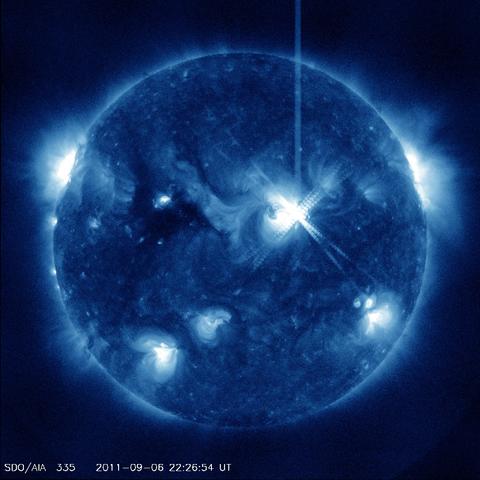Summary
A bilateral intercomparison of calibrations performed at the Metrology Light Source (MLS) of the Physikalisch-Technische Bundesanstalt (PTB) in Berlin, Germany and the Synchrotron Ultraviolet Radiation Facility (SURF III) operated by the National Institute of Standards and Technology (NIST) in Gaithersburg, United States of America in under development. This intercomparison will be based on an engineering instrument to be supplied by the Laboratory for Atmospheric and Space Physics (LASP) at the University of Colorado (UC), to make the measurements as useful and realistic as possible.
Description

Solar-observing instruments operated in space degrade over time. Decades of research and engineering skill have improved protecting such optics, but one crucial solution to address instrument degradation is to regularly recalibrate the instruments to accommodate such changes. Once in orbit, satellite-based instruments cannot easily be calibrated with high accuracy. The best way to ensure accurate spectral irradiance data over time is to calibrate a twin-instrument to that on the satellite and perform a rocket-underflight calibration. These calibrations are routinely performed at two synchrotron radiation sources: the Metrology Light Source operated by the Physikalisch-Technische Bundesanstalt in Berlin, Germany; and the Synchrotron Ultraviolet Radiation Facility operated by the National Institute of Standards and Technology in Gaithersburg, United States of America. There has never been a direct comparison between MLS and SURF III using a satellite instrument. This intercomparison is in the planning stage but once completed will improve the quality and reliability of solar spectral irradiance measurements. The Laboratory for Atmospheric and Space Physics (LASP) at the University of Colorado (UC) will supply a flight-model or engineering instrument to make this intercomparison as realistic and useful as possible. Two instruments are currently under consideration: The X-Ray Sensor (XRS) was built as part of the Extreme Ultraviolet and X-ray Irradiance Sensors (EXIS) on the Geostationary Operational Environmental Satellites—R series (GOES-R) satellites; and the EUV SpectroPhotometer (ESP) was designed for the Extreme ultraviolet Variability Experiment (EVE) on the Solar Dynamics Observatory (SDO) mission.

